This website uses cookies to improve your experience. We'll assume you're ok with this, but you can opt-out if you wish. Read More
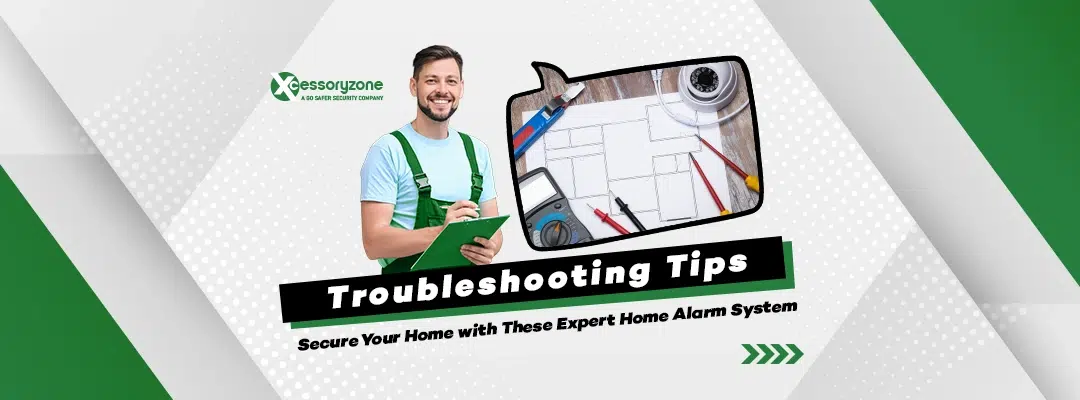
As burglaries and home invasions continue to rise, homeowners are increasingly turning to home security systems to protect their family and property. But what happens when that system stops working? Panic sets in, leading homeowners to frantically search for solutions or even opt for expensive repairs, without realizing that they could have solved the problem themselves.
In this article, we will provide expert home alarm system troubleshooting tips to help you fix common problems, saving you time and money while keeping your home and loved ones safe and secure.
Read on to learn how to become a DIY home security expert and avoid unnecessary headaches.
Table of Contents
Home alarm systems are designed to keep your home and family safe by alerting you to potential security breaches, such as break-ins, fires, or carbon monoxide leaks. These systems typically consist of a control panel, various sensors, and a monitoring service, which communicates with the sensors and contacts the appropriate authorities when an alarm is triggered. Understanding the basics of how your home alarm system works is essential in maintaining its effectiveness and addressing any issues that may arise.
One key component of a home alarm system is the control panel, which serves as the “brain” of the system. It communicates with sensors placed throughout the home, such as door and window contacts, motion detectors, glass break detectors, and smoke or carbon monoxide sensors. When a sensor is triggered, it sends a signal to the control panel, which then activates an alarm and sends a signal to the monitoring company.
The monitoring company is responsible for contacting the appropriate authorities (such as the police or fire department) in response to an alarm. They may also attempt to contact you to verify the alarm before dispatching emergency services. This is why it’s essential to keep your contact information up-to-date with your monitoring company.
There are several common issues that can cause a home alarm system to malfunction. Some of these issues include false alarms, sensor problems, connectivity issues, and power outages. In this section, we’ll discuss how to troubleshoot these common problems and get your home alarm system back up and running.
False alarms can be caused by a variety of factors, such as improperly installed sensors, environmental factors (such as pets or strong wind), or even user error. To address false alarms, check to ensure that all sensors are properly installed and functioning, and consider adjusting their sensitivity settings if necessary.
Sensor problems can occur when a sensor is damaged, has a dead battery, or is experiencing interference. To troubleshoot sensor issues, first, try replacing the battery (if applicable) and ensuring that the sensor is securely mounted. If the problem persists, it may be necessary to replace the sensor entirely.
Connectivity issues between your home alarm system and the monitoring company can be caused by a variety of factors, such as a faulty control panel, issues with your phone line or internet connection, or even a problem on the monitoring company’s end. To address connectivity issues, first, try resetting your control panel and ensuring that your phone line or internet connection is functioning properly. If the problem persists, contact your monitoring company for further assistance.
Resetting your home alarm system can help resolve many common issues, such as false alarms or connectivity problems. To reset your system:
Regularly testing your home alarm system is crucial to ensuring its effectiveness. To test your system:
False alarms are not only annoying but can also lead to fines and a reduced response from emergency services. To identify the cause of false alarms and prevent them in the future:
Power outages can cause your home alarm system to malfunction or become inoperable, leaving your home vulnerable. To address power outage-related issues:
Various sensors are used in home alarm systems, including door and window contacts, motion detectors, glass break detectors, and smoke or carbon monoxide sensors. To troubleshoot issues with these sensors:
Connectivity issues between your home alarm system and the monitoring company can leave your home unprotected. To fix these issues:
Low battery issues can cause your home alarm system to malfunction or become inoperable. To address low battery issues:
To keep your home alarm system running smoothly and effectively:
Regular software updates can help prevent technical issues and improve the functionality of your home alarm system. To update your system’s software:
False triggers can be caused by a variety of factors, such as improperly installed sensors, environmental factors, or user error. To address false triggers:
When troubleshooting your home security alarm system, avoid these common mistakes:
Now that you’ve learned these expert tips for troubleshooting your home alarm system, you can take your home security to the next level. By following these tips, you can ensure your home remains safe and protected from potential threats.
At Xcessory Zone, we believe that everyone has the right to feel safe and secure in their own home. That’s why we offer a variety of e-commerce DIY home security products that make home security accessible and affordable for everyone. From motion sensors to smart locks, we’ve got everything you need to secure your home.
Don’t let a faulty home alarm system leave your home vulnerable to break-ins or other threats. Take action today and invest in a DIY home security system from Xcessory Zone. Shop our collection of home security products and enjoy the peace of mind that comes with knowing your home is always protected.
False alarms can be caused by a variety of factors, such as open doors or windows, low battery levels, pets, and environmental factors like windy days. To prevent false alarms, it’s important to regularly check and replace batteries, adjust the sensitivity of motion sensors, and consider installing pet-friendly sensors or placing sensors in areas where pets cannot reach them.
A monitored home alarm system can provide 24/7 monitoring and emergency response, which can be particularly helpful when homeowners are away or unable to respond to an alarm. Unmonitored systems typically rely on a loud siren to alert neighbors or passersby of a potential break-in. Monitored systems also typically offer additional features, such as smoke and carbon monoxide detectors and remote access to control the system.
If a homeowner experiences a problem with their home alarm system, they should first consult the system manual or contact the manufacturer’s customer support for troubleshooting tips. If the issue cannot be resolved, it may be necessary to consult a professional alarm technician who can diagnose and repair any issues with the system. Regular maintenance and testing can also help prevent potential issues before they become larger problems.




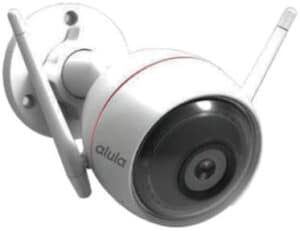
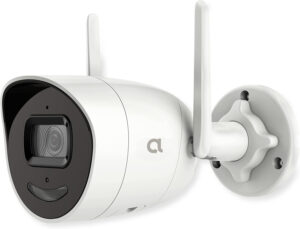

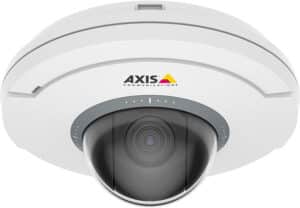

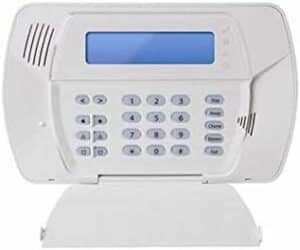
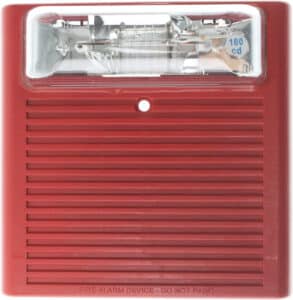
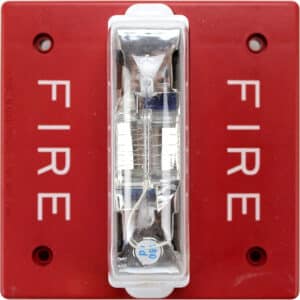
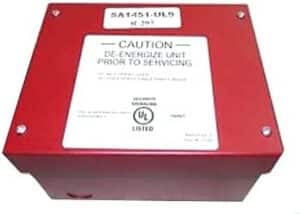

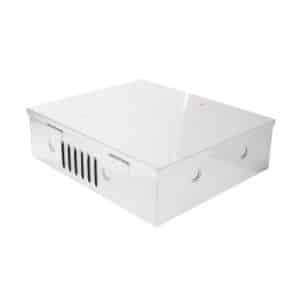
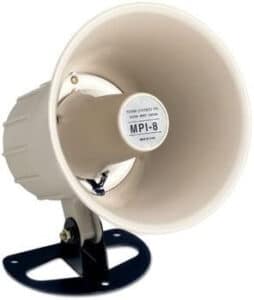
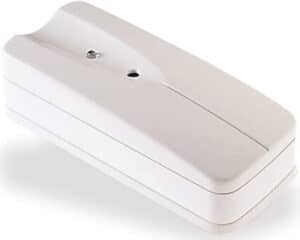
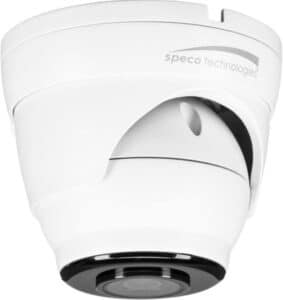


















This website uses cookies to improve your experience. We'll assume you're ok with this, but you can opt-out if you wish. Read More